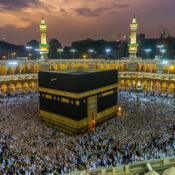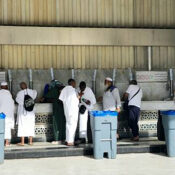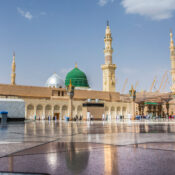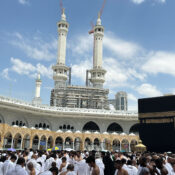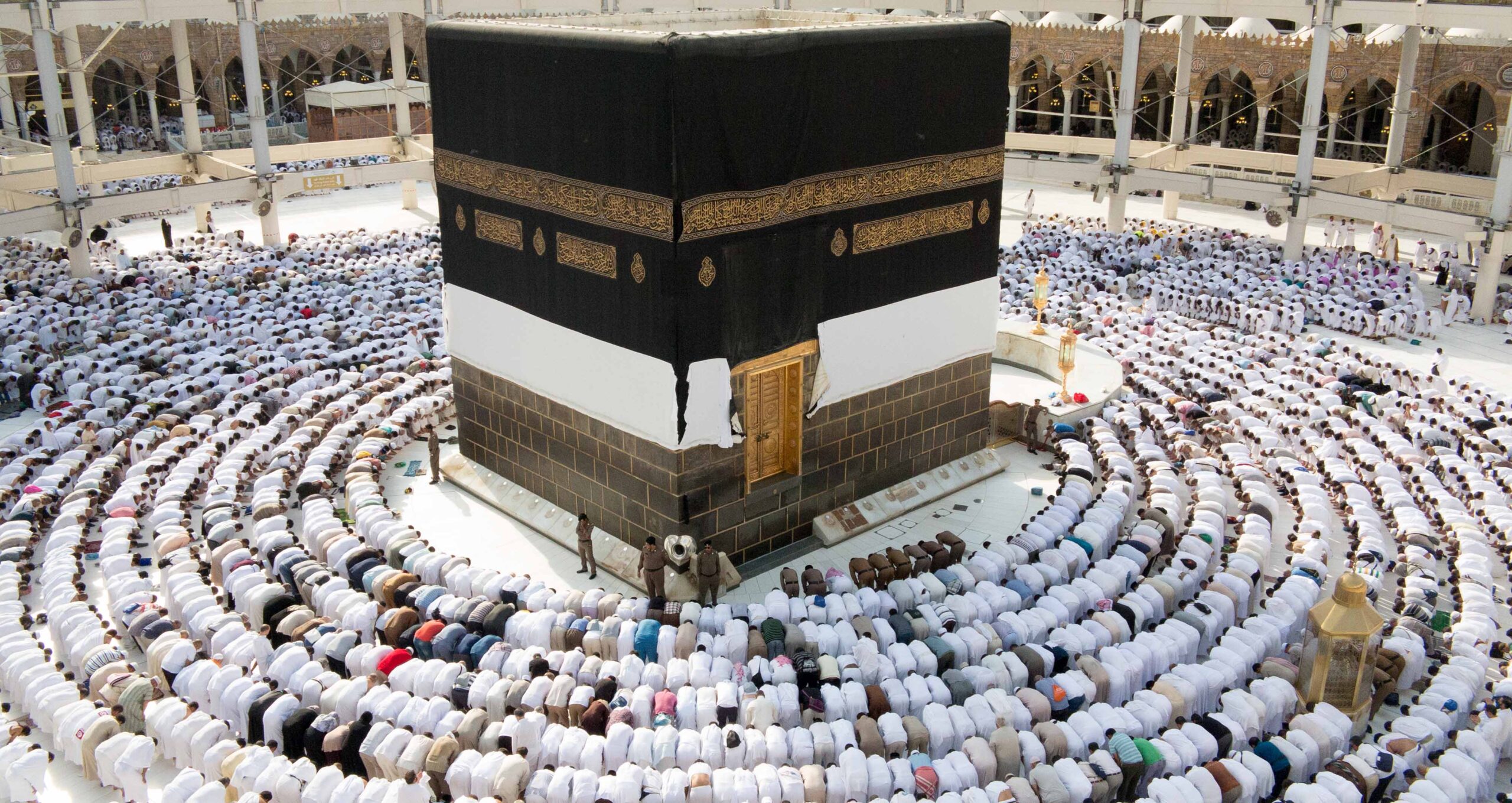
Why Muslims Face the Kaaba in Prayer
The Value of Prayerfully Facing the Kaaba
One of the most remarkable and unifying aspects of Islamic prayer is that Muslims around the world turn their hearts and bodies toward the Ka’bah in Makkah. This single act of alignment is deeply symbolic, connecting believers from every corner of the earth in a shared expression of devotion. But have you ever stopped to reflect on why this direction, known as the Qibla, is such an essential part of our daily worship? Understanding its deeper meaning transforms prayer into more than just a ritual—it becomes a powerful reminder of unity, discipline, and purpose. Each time I raise my hands and say “Allahu Akbar,” I feel my soul anchored, finding peace and a profound connection with Allah ﷻ and the global Muslim Ummah.
What is the Kaaba?
The Kaaba is a sacred, cube-shaped structure located at the heart of Masjid al-Haram in Makkah, Saudi Arabia. It serves as the Qibla—the direction toward which Muslims around the world turn during prayer—and holds the highest status as the holiest site in Islam. Originally built by Prophet Ibrahim (AS) and his son Prophet Ismail (AS) as a house dedicated to the worship of Allah ﷻ, it was later honored and restored by Prophet Muhammad ﷺ during his lifetime. Today, the Kaaba stands as a timeless symbol of faith and devotion, drawing millions of believers every year who seek spiritual closeness to their Creator. Its enduring presence not only represents the center of Islamic worship but also serves as a profound reminder of the legacy of monotheism passed down through generations of prophets.
What Is Said About the Kaaba in the Quran?
According to the Qur’an, Allah ﷻ says:
“The Makkah house, which is blessed and a guide for the worlds, was, in fact, the first house [of worship] established for mankind.”
— [Aal-Imran Surah, 3:96]
This verse highlights the Kaaba’s importance as a holy place for all people, not just Muslims.
Muslims Face the Qibla for What Reasons?
Facing the Qibla is a directive from Allah ﷻ, not merely a custom. Allah commanded the Prophet Muhammad ﷺ and all Muslims to face Masjid al-Haram during their prayers.
Consequently, face al-Masjid al-Haram. And turn your faces toward it, wherever you [believers] may be.
[Al-Baqarah Surah, 2:150]
This path brings Muslims together in a common act of worship, regardless of their global location.
Does Islam Require Facing the Qibla?
Yes, in order for your Salah to be considered authentic, you must face the Qibla. According to the Prophet ﷺ:
“The Kaaba is the ideal direction to face. So, when you pray, be honest.
— [Sunan Abi Dawud]
He underlined the importance of this custom in Islam by stressing that one should face the direction of the Kaaba rather than east or west.
The Kaaba: A Sign of Harmony
One of the most beautiful and admirable aspects of Islam is the profound sense of unity it fosters among its followers. Five times a day, Muslims across every continent turn their hearts and faces in the same direction, toward the sacred Kaaba, regardless of their nationality, language, or social status. This shared act of worship serves as a powerful reminder that we are all equal before Allah ﷻ, bound together by a single faith and purpose. The Qibla is more than just a direction—it is a living symbol of our spiritual connection, reminding us that no matter how far apart we are geographically, we are united as one Ummah under the guidance of our Creator. This unity strengthens the bonds of brotherhood and sisterhood in Islam, inspiring a global community rooted in love, humility, and devotion.
The World’s Spiritual Hub
The Kaaba is not only the world’s spiritual center but also a timeless symbol of divine guidance and unity. Every year, millions of Muslims from every corner of the globe gather around it for Hajj and Umrah, retracing the footsteps of prophets and fulfilling a centuries-old tradition of devotion. This sacred sanctuary is a place where angels circle, prayers ascend, and hearts are humbled before Allah ﷻ. More than a physical landmark, the Kaaba serves as a profound reminder of our connection to something far greater than ourselves—a spiritual axis that unites humanity in worship and purpose. Its presence continues to inspire awe, reminding believers of their place in a vast, divinely orchestrated universe, and drawing them closer to their Creator.



